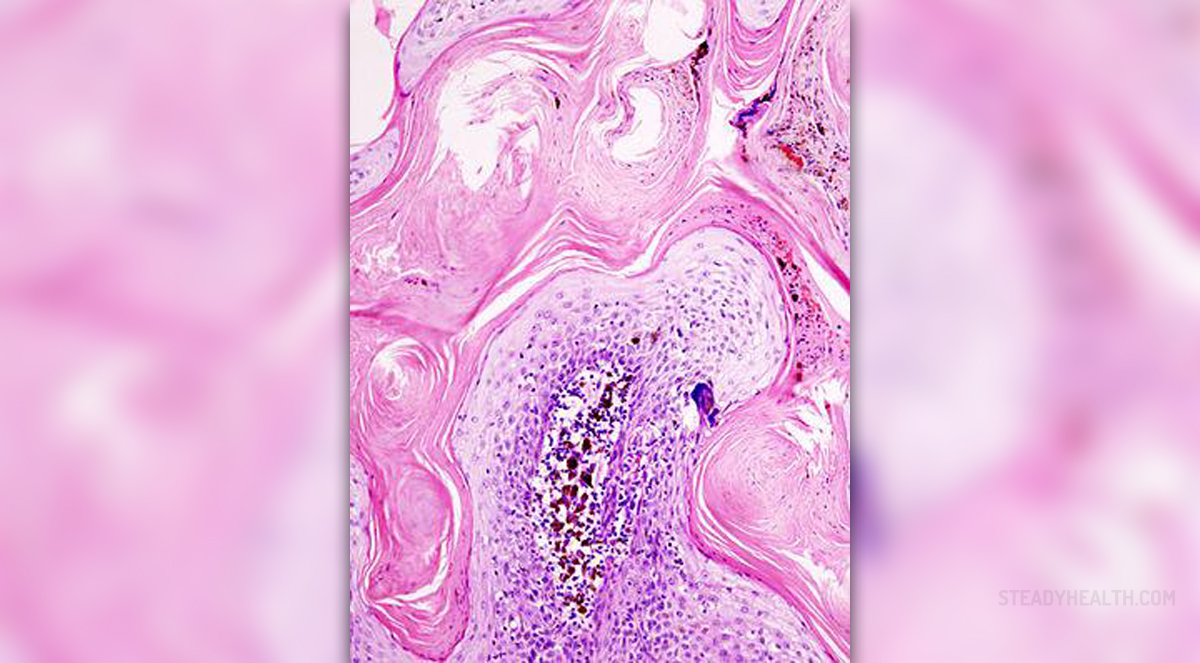
Seborrheic dermatitis (cradle cap) is a skin condition that affects children, more commonly infants. The affected skin is inflamed and covered with fine white scales. Even though seborrheic dermatitis predominantly affects a child's scalp, it may also develop on other parts of the body such as the diaper area, face, neck and trunk. In infants the condition generally clears within 1 year and there are no serious associated complications.Causes of Seborrheic Dermatitis in Children
The actual cause of seborrheic dermatitis in children has not been identified yet, but it is definitely confirmed that this skin condition affects the area rich in sebum (the scalp, face and trunk). Seborrheic dermatitis may also occur together with yeast infection. The very process of inflammation includes activation of complement and immunological abnormalities.Clinical Characteristics
The very name cradle cap refers to hard scales which cover the scalp. Fortunately, the condition is benign and self-limiting and withdraws spontaneously within the first 12-24 months after the onset. Only a small number of patients are actually treated because the symptoms become unbearable.
The skin changes first affect the lipid-rich areas of the skin. They soon become noticeable which drives many parents to consult the child's pediatrician. Many times cradle cap starts within the first week after birth.
The child's head (or other affected part of the body) is covered with greasy, yellow, scaly patches. These patches eventually merge forming a thick, scaly coherent layer. The affected skin is not itchy and causes no disturbance at all.
Apart from this typical presentation of the disease seborrheic dermatitis in children may have several more forms. Firstly, it may develop in a form of plaques around the eyes, nose and eyebrows. Furthermore, in some children there is sharp demarcated and brightly erythematous rash in the groin and perianal area. Itching causes excoriation of the skin and dandruff. The patches may be surrounded by inflamed skin (red color next to the plaques).
Diagnosis and Treatment
In some children doctors can assume the child is suffering from eczema if there are no obvious scales and the affected skin is only red and inflamed. Furthermore, it is also sometimes hard to diagnose seborrheic dermatitis if, as a consequence of scratching, a child develops secondary bacterial infection of the skin. Differential diagnosis also includes psoriasis and fungal infection (tinea). However, a well experienced pediatrician will recognize cradle cap easily thanks to its clinical presentation.
Seborrheic dermatitis withdraws spontaneously and many times children require no treatment. Parents are advised to massage the scalp with mineral oil and gently brush their child's hair. The two maneuvers loosen the plaques and make their removal easier. Topical emollients may have the same efficacy.
Medicamentous treatment includes some antifungal agents such as ketoconazole. During the treatment the child must be closely monitored because there may be some side effects. There are several more treatments for seborrheic dermatitis but they are recommended only in adults and rarely administered in children, particularly infants.



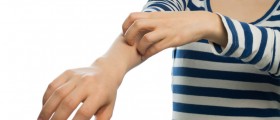
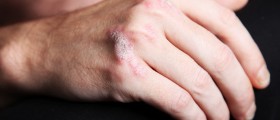
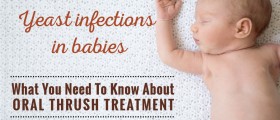
-In-Infants-And-Older-Children_f_280x120.jpg)

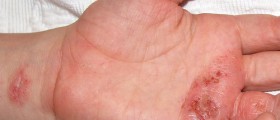
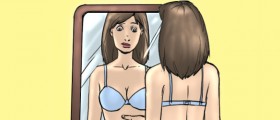



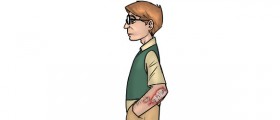
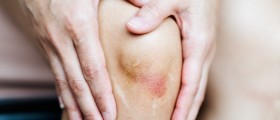
-And-Children-16-Warning-Signs-And-Symptoms_f_280x120.jpg)

Your thoughts on this
Loading...